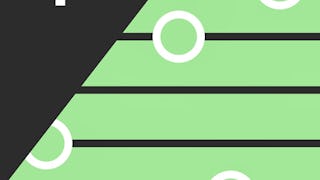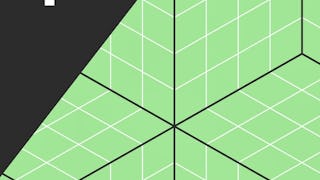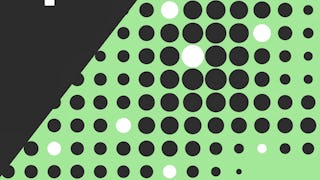Updated in May 2025.
This course now features Coursera Coach! A smarter way to learn with interactive, real-time conversations that help you test your knowledge, challenge assumptions, and deepen your understanding as you progress through the course. Delve into the exciting world of 3D modeling with this comprehensive course on creating medieval market props. Starting with Blender basics, you will learn how to use references, build grey boxes, and explore essential modifiers. As you progress, you’ll work with Blender’s cloth simulator to create realistic market tassels and cloth, preparing you for professional-level asset creation. By the end of this section, you’ll have a fully modeled and detailed medieval market stall. Next, you’ll move on to adding textures and materials to your models. The course will walk you through seams, sharps, and texture maps to achieve AAA-quality game assets. You’ll explore lighting techniques using HDRIs and create realistic wood and fabric textures that bring your medieval props to life. You’ll also cover Blender’s particle systems, which allow you to add dynamic elements to your scene, from packed vegetables to scattered bread on the stall. Finally, the course transitions to Unreal Engine 5, where you’ll learn how to import and integrate your Blender creations into a game-ready environment. From setting up materials to creating a sky sphere for portfolio renders, you’ll master the full pipeline from Blender to Unreal Engine 5, ensuring that your medieval market props are not only visually stunning but also optimized for gaming. This course is perfect for beginner to intermediate 3D artists and game developers looking to create props for game environments. Familiarity with Blender basics is helpful but not required. A basic understanding of Unreal Engine is a plus but will be covered in the course.















